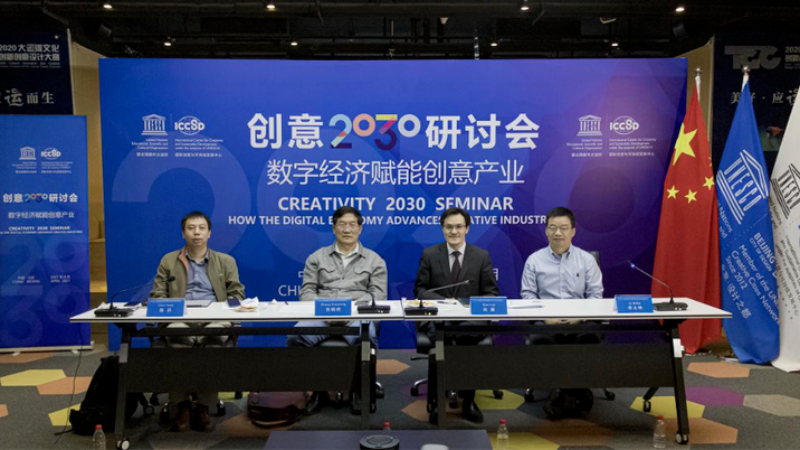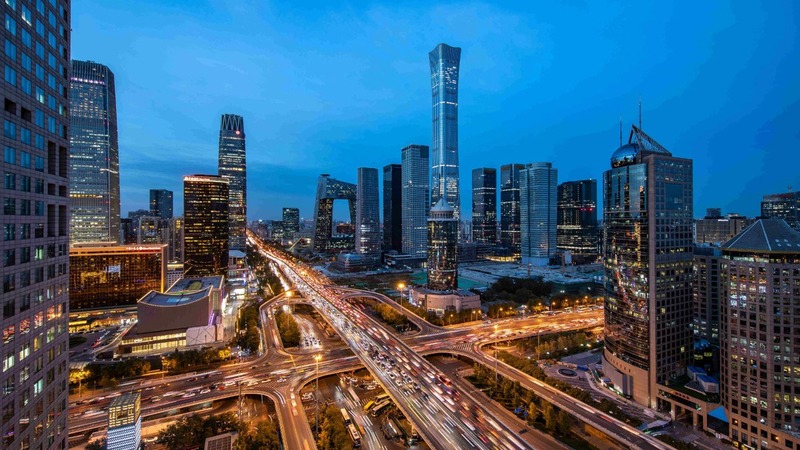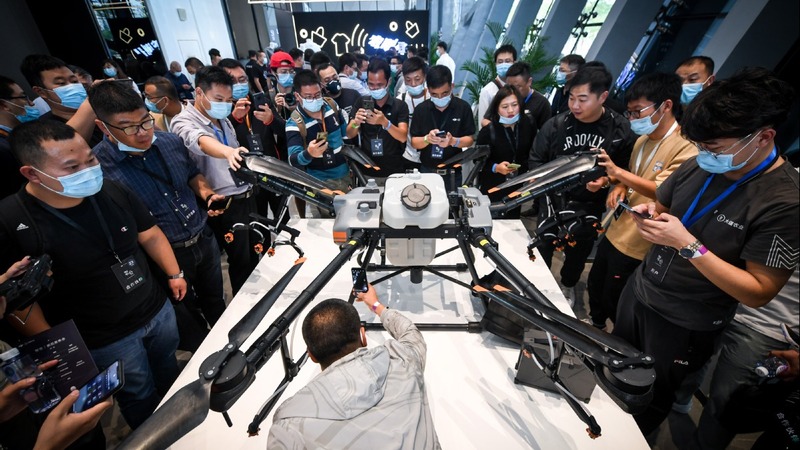Cultural Exchanges and Trade Facing Cross-Regional Promotion Challenges
The globe boasts plenty of cultural heritage which represents the spiritual connotation of mankind. The environment we live in and our cultural background vary to a great extent, thus it is difficult for us to get a deep understanding of local cultural heritage when we pay a visit to the cultural heritage from a cross-regional perspective. This has, to a certain degree, reduced the number of trade activities about cultural products, hence impeding the development of cultural and creative industries in terms of limiting the scale and value improvement of the industries. This is a major challenge facing us now.
Cultural heritage is the core carrier of global cultural diversity. Most of them remain in their places of origin, and it proves hard to transfer them to other regions. There may be a few cross-regional exhibitions, but the public requires better chances to exchange with each other. Such exhibits are inadequate in number since the transfer of objects is too often slower than digital promotion. Thus, in a sense, the organizing efficiency is relatively low. Another challenge facing us is how to provide more chances for exchanges and in turn, offer more opportunities and open up more possibilities for the development of cultural and creative industries.
Opportunities Digital Technology Provides for Cultural Industries
In 2012, big data became familiar to the global industrialists. As the new means and method, it has been accepted by almost all industries and improved our capacity for analysis and use of data. Then the concept "data are assets" was brought up. 2016 witnessed the application of AI to industrial activities on a grand scale. In 2019, a landmark event was the global business adoption of 5G. These are all representative examples of digital technology. The concept of Internet of Things (IoT) appeared at an earlier time, but the technology did not come into full use until business thoroughly adopted 5G since the utilization of IoT requires an extremely powerful Internet connection. We may be able to connect some electronic devices with the Internet, but such a connection pales in comparison with the connectivity of all the things that we have imagined. Such imagination has turned into a reality with the help of 5G. In just five or six years, digital technology has rapidly witnessed widespread application, providing favorable opportunities and methods for us to solve the problems related to the development of culture, creativity and industry.
VR devices started appearing in 2016 and relevant reports were published on Time. Ever since then, the technology has gradually become familiar to us. From 2018 until 2020, however, Internet technology showed slower growth. In the period of immersive trials, we started integrating new technology with various industries, and immersive digital technology experimented in laboratories was gradually adopted into many real-life scenarios, providing substantially immersive art experiences for the masses. In the period of extensive application, the practical industrial operation witnessed that a variety of digital technologies promoted the growth of cultural industries.
Ever since the business adoption of 5G in 2019, such technology has offered quicker broadband services and showcased more powerful data transmission. It has three major features. Firstly, the new type of enhanced mobile broadband can improve data transmission. Secondly, its large-scale technical communication will contribute to the building of the smart cultural space, especially the smart space with sensor arrays. Thirdly, its low-latency communication provides better accompanying smart services and even supports the real-time automatic driving based on real-time computing, thus ensuring the utilization of some personalized technologies in cultural venues. These are new technological changes brought about by 5G, and all the new technologies could be applied to cultural industries.
Industry-Academy Cooperation, Digital Culture and Sustainable Development (based on the examples of cooperation between industries and Beijing University of Posts and Telecommunications)
Case 1: Cultural Cube—Community Cultural Spaces
Since the outbreak of COVID-19, strict limits have been set on long-distance tourism. Cultural tourism and cultural expos have been significantly affected. Brilliant cultural heritage cannot continue to serve the public, so we have assumed whether digital technology like 5G, VR and HoLo could, by digitalized and long-distance transmission, bring cultural heritage to communities, closer to the folks.
This is an experimental project employing a large number of intelligent terminals. We can set those terminals offline and formulate digitalized standards for cultural assets and heritage. After the uniform standards are digitalized, we will transmit them to remote terminals. Then the spaces connected by the terminals will widely promote cultural heritage in communities amidst the pandemic and perform their due functions of promotion and inheritance.
Cultural content is not lifeless but full of vitality. To make its translation the most effective, we need a large number of terminal devices to show the hidden cultural connotations and we shall utilize appropriate devices to present the cultural content. When facing the multiple forms of terminals, how should we formulate uniform transmission and presentation standards? We have done a lot and finally, our efforts have paid off. The pandemic has already changed our production and habits in everyday life. Against this background, the resources in museums or of cultural heritage can be sent to all the communities by the long-distance transmission of digital technology. This gives us a glimpse of future developmental trends and models.
Case 2: AR Museums
In addition to VR, AR is another great example of digital technology. AR could be fully applied to some offline scenarios. They could be adopted by museums and better serve such cultural venues in real life. Museums boast a variety of cultural resources, and the full presentation of stories about cultural relics and artworks relies on appropriate methods. We have cooperated with China Mobile to hold a grand mural exhibition covering plenty of cultural relics and artworks, telling their stories to the public with the help of digital technology. We provide better services offline by using specific equipment and software as well as creative digital content. Such methods will more effectively draw the public to cultural venues and enable them to get a better understanding of relevant culture.
Besides, we have held an exhibition in China centered on the Mayan Culture. Since the cultural exchange was conducted across the Pacific, the public naturally found it hard to get a deep understanding. Then we adopted relevant equipment and AR to provide a real-time presentation of the Mayan Culture, and such methods have helped the visitors learn more about the ancient civilization. This example has fully shown how digital technology advances cultural and creative industries.
Case 3: "Serious Tourism Game"
Dunhuang Mogao Grottoes is a well-known cultural relic site in China with an impressive view of deserts. We tried creating an online game that was able to reproduce the image of Mogao Grottoes, a world-class cultural asset. In this way, we could stimulate great interest in destinations before the travelers set out, and then more were likely to pay a visit offline. Different from traditional Internet games, this game showed strong purposiveness and particularly led the players to pay a real-life visit since some functions could be performed online while others required traveling to specific destinations. It was called the "Serious Game" and helped enhance tourism growth. The pandemic is sure to end sometime, and a major real-world problem facing us afterwords is how to promote tourism recovery. In this case, digital Internet games which attract a great number of users may provide a good solution.
In all, we will, based on digital technology, adopt creative methods, especially methods enabling interactive experiences, to promote creative products and culture transmission.





